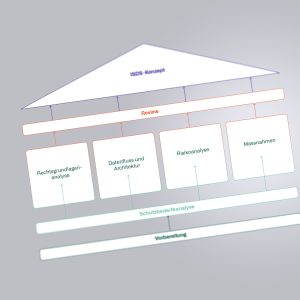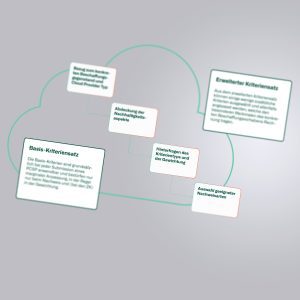Blog
Multicloud - Does it really make sense?
The question of whether multicloud makes sense only arises to a limited extent. In most cases, multicloud is already a reality.
In this blog, we will look at what multicloud means, for which organisations it really adds value and what needs to be done for a successful implementation.
What is Multicloud?
What exactly do we, as atrete Cloud Consultants, mean by multicloud? If services are obtained from several cloud providers (e.g. Microsoft Azure, Google Cloud Platform (GCP), Amazon Web Services (AWS), or smaller providers), we speak of a multicloud scenario. The deployment model (public, private) or the service model (IaaS, PaaS, SaaS) is irrelevant here. We assume that today almost every organisation - consciously or unconsciously - is in a multicloud scenario.
We distinguish here between multicloud "service procurement" and "service provisioning". In the area of service procurement, we see that SaaS applications are usually obtained from any provider without any problems. In the area of service provision, we assume that applications to generate their own or customer benefits could probably be operated on different cloud platforms, but this is associated with much greater hurdles and higher complexity.
If an application is effectively deployed in a multicloud setup, the goal should be that it can be moved or redirected to other providers at any time based on predefined triggers (availability, cost, location, ...) in a fully automated way. A solid cloud strategy should provide the appropriate framework for this.
In the remainder of this blog, we will go into more depth on the aspects of multicloud service provision of own services and leave the service reference for itself.
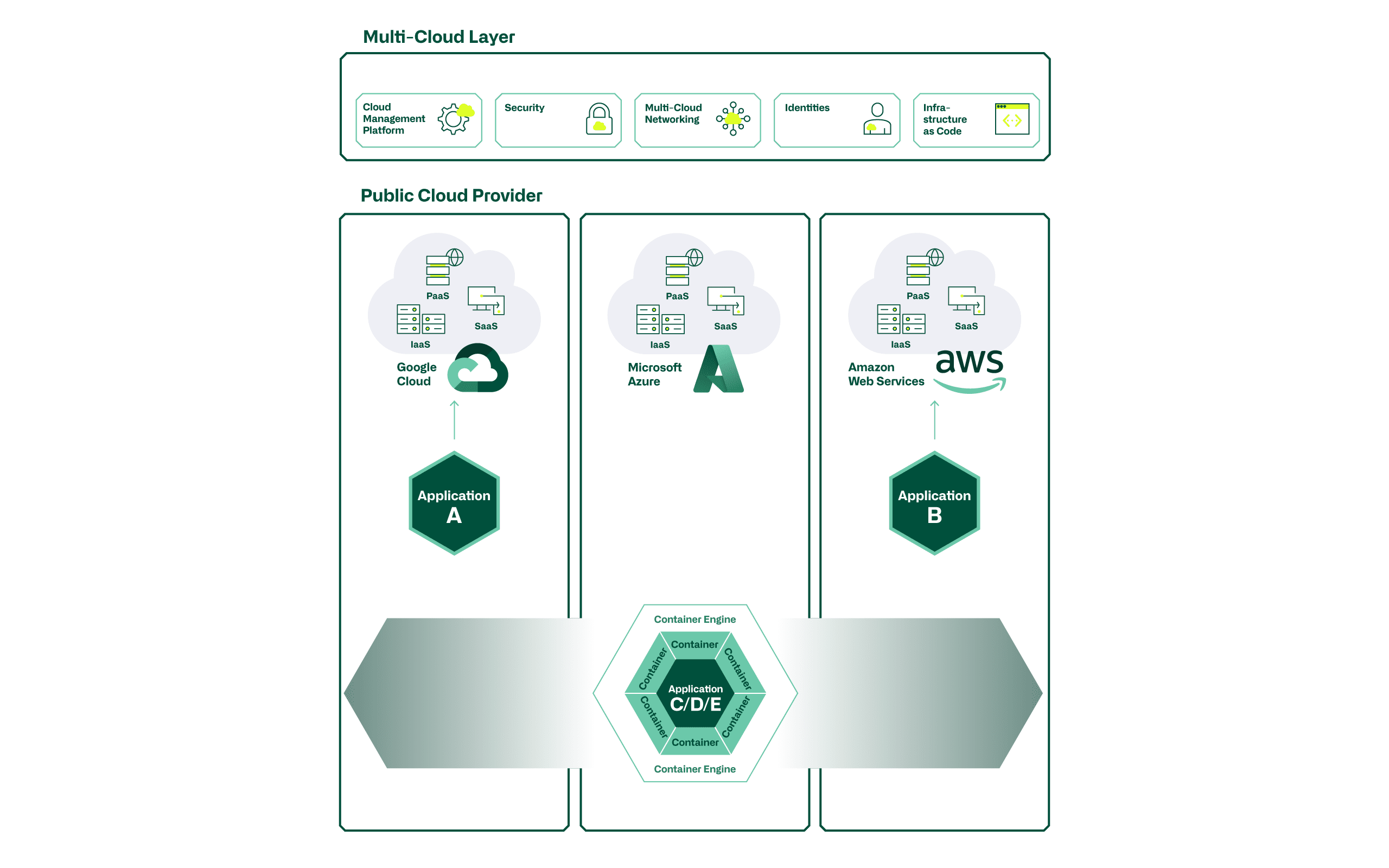
Areas of application for Multicloud
Basically, the question arises as to why a service provision in a multicloud setup should be chosen at all. Due to the fact that each cloud is slightly different from the others, the choice of target platform(s) is driven by the use case to be effectively implemented. Cost aspects are no longer the only factor here. The most important distinguishing features and reasons for operating an application on a specific cloud provider lie in the platform services (serverless functions, BigData, database, machine learning, IoT or AI services).
- For example, there may be reasons to build a BigData Analytics UseCase on AWS, or an IoT UseCase on Azure, because specific strengths, or an optimal integration of a cloud provider want to be used.
If a specific service of a provider is integrated in the application development, e.g. a serverless database from AWS (Amazon Aurora), a counterpart (e.g. Azure SQL Managed Instance) is probably available from another provider, but cannot be accessed via the same API calls. Significant adjustments must therefore be made when porting an application to another provider. The platform services are therefore also a limiting element in the implementation of a multicloud architecture.
In order to be able to operate an application effectively in a provider-independent multicloud setup (horizontally moveable from provider to provider), it must be developed independently of the infrastructure.
- An exemplary use case for this is, for example, a stateless web frontend for web presences used by customers. This can be achieved with container technologies such as Docker and Kubernetes.
Advantages and disadvantages
With the implementation of multcloud scenarios, there are advantages and, of course, also disadvantages. We would like to list a few of them here as examples:
Pros
- Best of breed - effectively using the strengths of the providers
- Avoid vendor lock-in - less dependence on a single provider
- Global-Reach - expansion of the availability zones and simultaneous reduction of the latencies
- High Availability Design - building redundancies across multiple providers
- Compliance - achieving internal & external requirements
Cons
- Traffic costs - transfer from one provider to another causes costs (egress traffic)
- Loss of integration advantages - restrictions in the platform services of the providers (PaaS)
- Increasing complexity on several levels (architecture, service management, provider management, ...)
- Skillset of staff must be available on all providers, which causes high costs
- Reduced economies of scale (e.g. for billing models) compared to a single provider
Supposed advantages are offset by significant disadvantages. Each organisation must analyse and assess the relevant topics for itself. A possible multi-cloud scenario must be developed evolutionarily and the framework conditions must be managed to perfection. Only in this way can the envisaged added values actually be achieved. We will go into more detail in the next section.
Framework conditions
In the next sections, we will address the most important framework conditions. In principle, they also apply in a singlecloud approach, but must be managed with operational excellence in the multicloud scenario.
"Infrastructure as Code(IaC) and thus the fully code-based configuration of all resources is a key element of all cloud projects. This is the only way to ensure quality in recurring activities and to provide and dismantle infrastructures in a fully automated way. For digitalisation, automation is therefore a key element in order to be able to provide resources quickly and with high quality on the basis of customer needs on the respective platforms.
In order to ensure the provision of services across several providers, it is necessary to operate a high-performance and secure "multicloud network". Seamless communication between all services and resources used must be enabled and controlled accordingly across all providers involved.
The resulting potential gateways for hackers or malware must be analysed and reduced as best as possible by means of appropriatesecurity solutions.
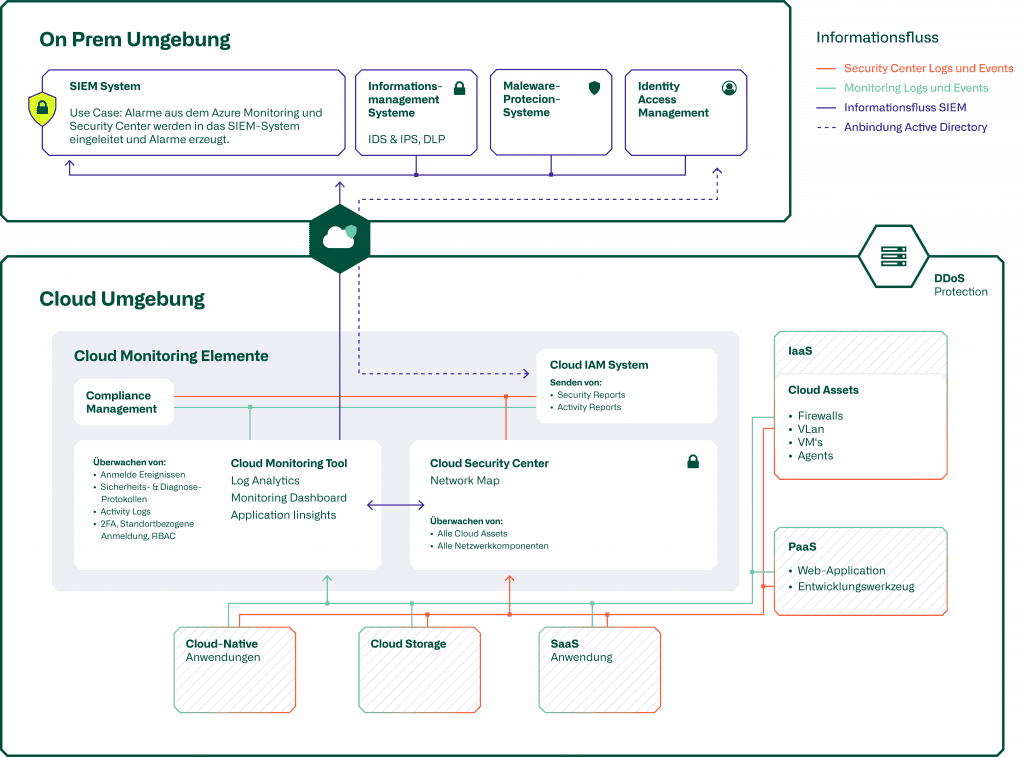
Blog
Cloud Security Monitoring
Supplementary information on this topic can be found in our dedicated blog post.
Cloud management platforms(CMPs) can be used to monitor and control cloud environments (infrastructures & services). They provide an overview and control of orchestration, security, monitoring, costs incurred and optimisation options, so that the full potential can be used and the infrastructures can be operated efficiently.
In the multicloud scenario, a powerful and highly qualified team with the appropriate "know-how/skillset" across all providers and the technologies used is more essential than ever. The complexity with multiple providers increases significantly and the constantly changing services must be managed proactively and with high quality.
We see "standardisation" as the last and sometimes most important framework condition. Since in a multicloud setup an application must not only run on one provider platform, but also on all other potential platforms, all service components must be standardised and abstracted in such a way that they can be operated everywhere. In other words, specific PaaS services of individual providers cannot be used, otherwise portability is not ensured. One solution to this is certainly that the applications are container-based, so that the direct dependence on underlying infrastructure services is reduced as much as possible. Solutions can also be implemented to ensure connectivity and infrastructure interoperability across cloud providers.
Here is an exemplary excerpt of providers/solutions for multicloud projects:
| Kubernetes | Open source system for automating the deployment, scaling and management of containerised applications. |
| HashiCorp | Multicloud automation solutions for infrastructure, security, network and applications. |
| VMware | Multicloud virtualisation layer comparable to OnPremise Software Defined Datacenter solutions. |
| Aviatrix | Multicloud Network and Network Security Automation Solutions |
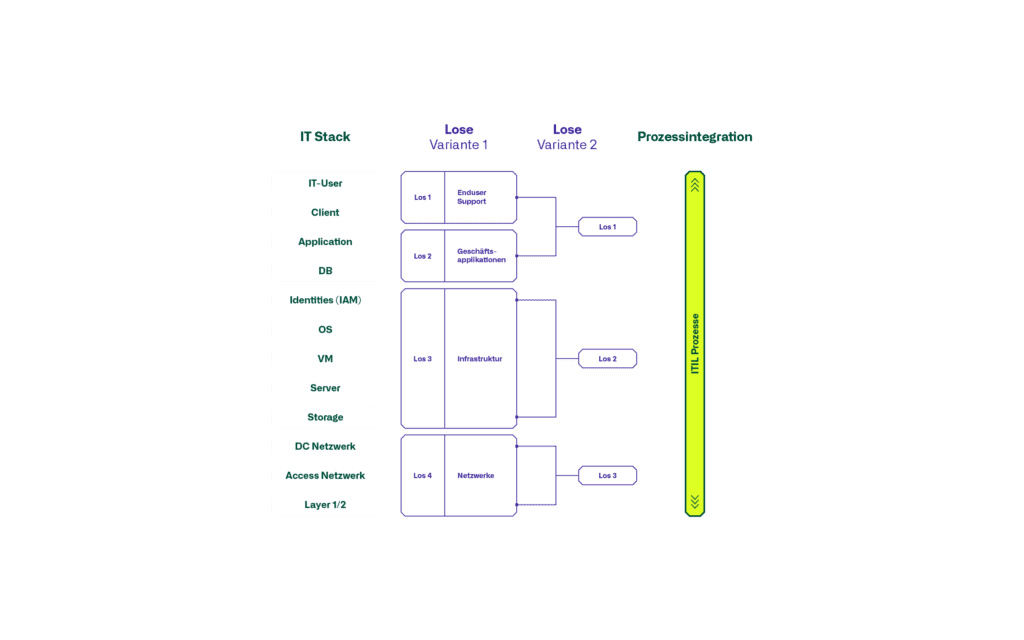
Blog
Success factors for multi-provider sourcing
In addition to all the technical aspects of multicloud, it is also extremely important to have the contractual management of all the providers involved under control.
Our assessment
As atrete Cloud Consultants, we see that in the medium term most SMEs should focus on a single cloud provider for service delivery. Operational excellence in the essential disciplines can be achieved most quickly in this way. Here, we see the most essential elements as consistently focusing on maximum availability, scaling infrastructures and full automation (infrastructure as code) of all resources. Once the "homework" has been done and there is an effective need / use case for a multicloud implementation, the appropriate framework conditions must be created.
We assume that at most it makes sense for a company's customer-facing core processes to be operated in a multicloud setup. The resulting restrictions in service provision via several cloud providers outweigh this in most other cases. Accordingly, it makes more sense to remain within the ecosystem of a provider for all applications that do not explicitly require multicloud provisioning and to exploit the full potential of the available services (PaaS & SaaS). This makes it possible to operate the cloud infrastructures cost-efficiently.

